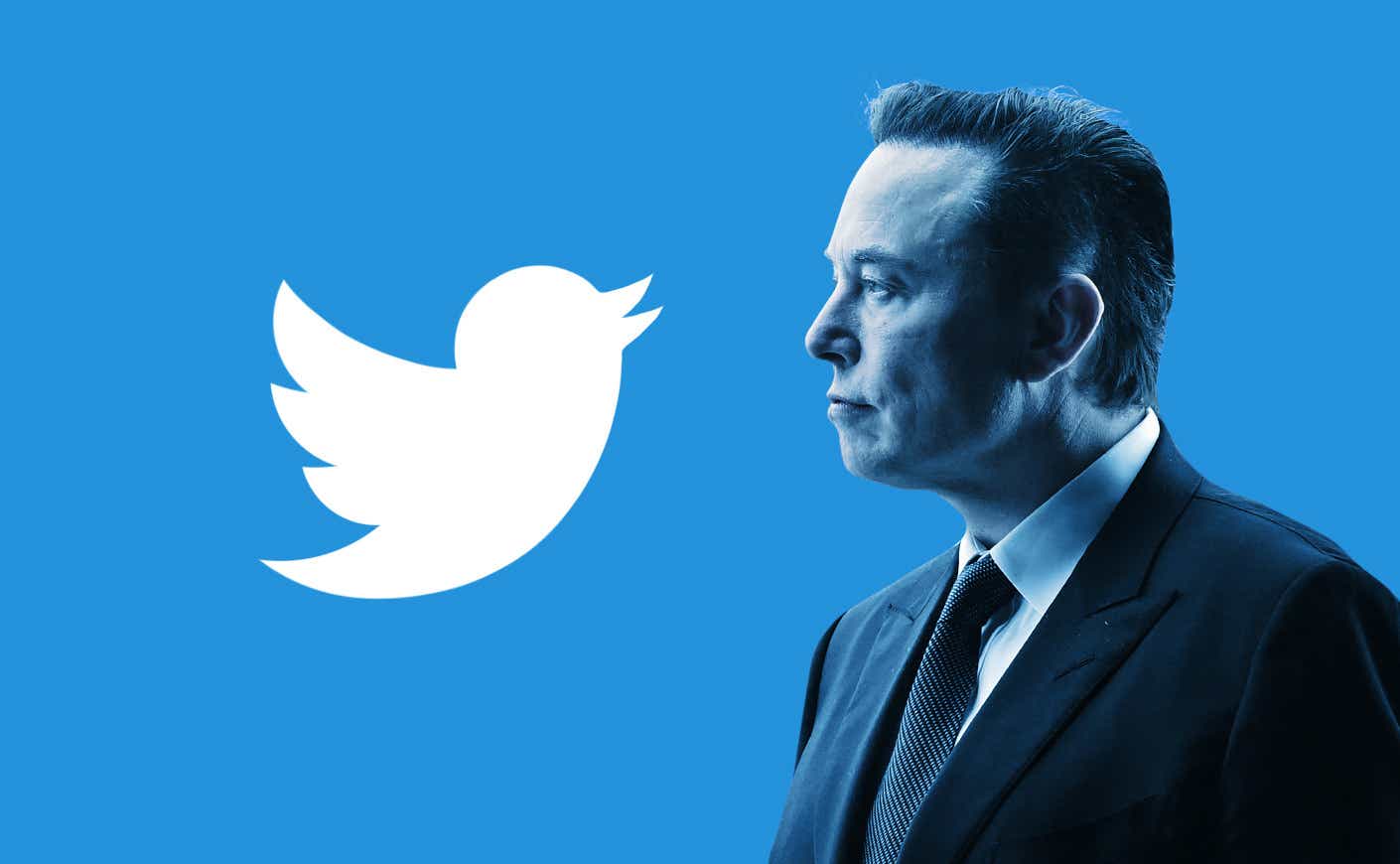Tech exec Elon Musk is dominating headlines once again — this time, for his mission to buy Twitter. We’ll tell you about the latest corporate drama unfolding within the social media giant, plus more on the so-called “poison pill” that could keep Musk from taking the reins.
Toying with a takeover
Earlier this month, the world’s wealthiest man revealed he owns a 9.2 percent stake in Twitter, which is , worth $2.89 billion. (At the time he was the company’s largest shareholder, but he was recently overtaken by Vanguard Group, the asset manager which upped its stake in the social media platform and now owns 10.3 percent of the company.) Musk’s disclosure sent rumors swirling that he could be angling for a buyout.
Soon after, Twitter announced that the CEO of Tesla and SpaceX would join its board. Musk made more waves when, days later, he backed away from the offer.
Musk’s unsolicited bid
Last week, Musk made a $43 billion cash offer for the company, saying that in order for Twitter to grow, it needs to be taken private.
“I invested in Twitter as I believe in its potential to be the platform for free speech around the globe, and I believe free speech is a societal imperative for a functioning democracy,” Musk wrote in a regulatory filing. “However, since making my investment I now realize the company will neither thrive nor serve this societal imperative in its current form.”
Twitter’s counterattack
The company struck back by employing what’s called a “poison pill” provision. It’s a defense strategy against takeovers invented in the 1980s that makes it harder for a potential buyer to acquire a stake above a set threshold.
In this case, if Musk were to obtain more than 15 percent of the company, Twitter would issue new stock at a discount. This would both dilute Musk’s share and make it a lot more expensive for him to buy the platform. The strategy, also known as a “stockholder rights plan,” was used to block Carl Icahn from buying Netflix in 2012, and was also used by Papa John’s in 2018.
The move buys Twitter some time to weigh Musk’s offer and consider other buyers. At least one private equity firm, Thoma Bravo, has expressed interest, and according to Reuters, more bidders are lining up.
Musk’s next move
Musk appears to at least be entertaining the idea of a hostile takeover. The billionaire tweeted “Love Me Tender,” a reference to an Elvis Presley song over the weekend, prompting some to speculate he could be mulling a tender offer, in which case he would ask stockholders to sell their shares at a given price. (Musk offered $54.20 a share, which he at the time called his “best and final offer.”)
What would Twitter look like under Musk?
Musk, an avid Twitter user with more than 82 million followers, has been very vocal about improvements he’d like to see on the platform. He views Twitter as a “de facto town square” and believes it should be a venue for free speech. Under his ownership, the company’s content moderation standards could be loosened and fewer accounts would be booted from the site.
Musk has also campaigned for an edit button to be added to Twitter, something many users have requested but critics have warned could unleash unintended chaos onto the platform. Musk has also said that he thinks the company should move away from relying on advertising and shift to a subscription model, where users could pay for a premium subscription.









